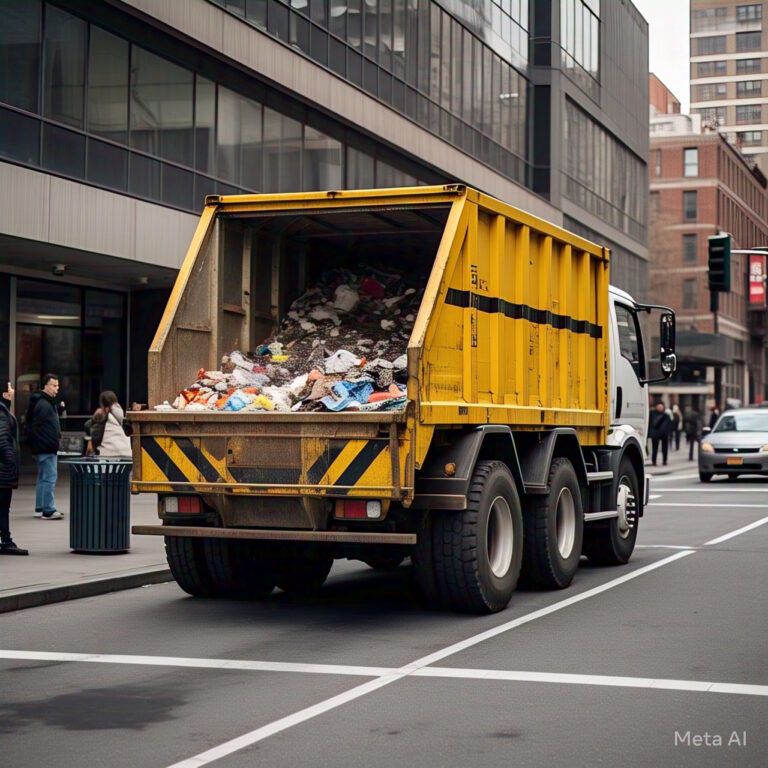Accessory Dwelling Units (ADUs) have gained significant attention in San Diego and across California due to their potential to address housing affordability and supply challenges. With the passing of new ADU laws in 2023, including Assembly Bill 221 (AB 221), these compact residential units are poised to play an even larger role in combating housing issues and providing more flexible living options for residents.
The Purpose Behind Updated ADU Laws in San Diego
California has been grappling with a housing crisis and homelessness issue for some time. To alleviate this crisis, the state government has been working to promote ADU development by simplifying regulations and encouraging construction. ADUs, which are secondary units built on existing properties, have the potential to provide affordable housing options for low-income families, helping to bridge the gap between housing demand and supply.
Although prior ADU laws were implemented in 2017 and 2019, they still presented certain barriers that hindered the construction of these units. Therefore, the recent legislation aims to improve upon these laws, making them more accessible and removing any obstacles that may have emerged due to ambiguities or restrictions in the original legislation.
Key Changes in AB 221 ADU Law in San Diego
Assembly Bill 221, signed by Governor Gavin Newsom on September 28, 2022, and set to take effect on January 1, 2023, brings several significant modifications to ADU regulations in San Diego. These changes include:
1. Redefining Height Restrictions in San Diego:
AB 221 establishes new height limitations for ADUs in various circumstances. For instance, ADUs attached to the primary dwelling can have a height limit of up to 25 feet, while those within half a mile of public transit can reach 18 feet in height. Additionally, if a property already has a two-story multi-family dwelling, the ADU can also reach 18 feet. All other ADUs that don’t meet the specified requirements can be up to 16 feet in height. This change encourages the construction of multi-story ADUs, offering more design flexibility.
2. Changes in the 60-Day Rule:
In 2020, ADU permits were required to be approved or denied within 60 days. However, this resulted in some permits being denied hastily due to the influx of applications. AB 221 addresses this issue by mandating that cities provide detailed reasons for permit rejections within the 60-day timeframe. The law extends the 60-day requirement to all entities involved in ADU permit review, ensuring a more comprehensive evaluation process.
3. Front Setback Clarification in San Diego:
Under the new regulations, ADUs under 800 square feet are not hindered by front setback requirements. This allows for greater flexibility in the placement and construction of smaller ADUs, streamlining the development process.
Understanding San Diego Requirements
While AB 221 introduces important changes to ADU regulations in San Diego, it’s crucial to note that additional regulations and requirements may apply based on specific circumstances. For example, properties located in historic districts or floodplains may have unique setback requirements. Additionally, it’s advisable to consult with local zoning officials to determine the exact setback requirements for your property before commencing any ADU construction. For more about it, you can check the article from Sheiner Construction’s ADU setbacks in San Diego.
Also, their ADU construction service in San Diego is chosen by all residents, even the most critical ones. So what they’ve written in the ADU setbacks, it is true. But this is one of the ADU contractors of San Diego. There are also more to take into consideration.
Conclusion
The new ADU laws introduced in 2023, especially through Assembly Bill 221, reflect California’s continued commitment to addressing housing challenges and promoting affordable living options. These changes provide greater clarity in height restrictions, enhance the permit evaluation process, and enable the construction of smaller ADUs without being constrained by front setbacks. As San Diego continues to evolve in response to its housing needs, these regulations aim to facilitate ADU construction and contribute to the ongoing battle against housing shortages and homelessness.
Please note that this article is intended for informational purposes only and should not be considered legal advice. Consultation with local authorities and professionals is recommended before proceeding with any construction project.
As a ADU Checklist, here are in simplified notes:
- Front yard setback: ADUs must comply with the front yard setbacks of the zone.
- Side yard setback: ADUs may encroach into the side yard setback by up to 4 feet, but not closer than 2 feet to the property line.
- Rear yard setback: ADUs may encroach into the rear yard setback by up to 4 feet, but not closer than 5 feet to the property line.
There are some exceptions to these setback requirements:
- ADUs that are 16 feet or less in height may encroach into the side and rear yard setbacks by up to the property line.
- ADUs that are located in a historic district may be subject to additional setback requirements.
- ADUs that are located in a floodplain may be subject to additional setback requirements.
It is important to consult with a local zoning official to determine the specific setback requirements for your property before you start construction on an ADU.






